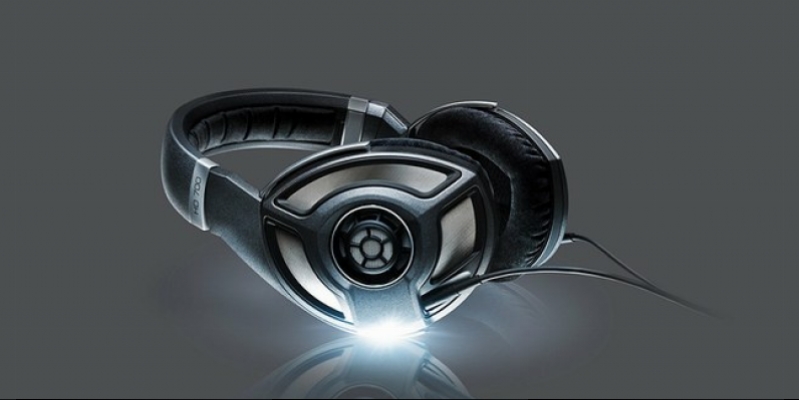If you are considering buying a headset and want it to fit your personal needs, it's very important to understand what the headset is working on, which one earphone is different and how to separate it.
It's much more difficult than just picking the most visually appealing headphones. The headphones are made up of a lot of details, one of which is called a transducer (a device that turns electrical signals into sound - because of this device we hear music in the past) or just a drive ("driver unit" aut.).
The gear or transducer consists of magnets, a coil, a cone-shaped diaphragm (measured in millimeters) and, in principle, the whole complex is the most important element of the headphones. After all, his job is to turn the electrical signal into a sound wave that the ears can understand.
There is, however, more than one type of transducer. In addition, the size of the diaphragm itself can range from 8 to 15 mm (ear-plated headphones) and from 20 to 50 mm (headphones attached to the ears).
Size is important?
Although you may think that the sound quality depends directly on the size of the membrane, it does not necessarily mean it. Different technologies are used and, as a result, the quality of the headphones varies greatly. Although the size of the membrane usually indicates the strength of the music, the differences in the structure of the entire transducer can have a significant effect on the entire sound.
The number of transducers is important?
Although one transducer can reproduce sound from 20 Hz to 20 kHz, it has some limitations. And it is here that the headphones come with several actuators - they are also called hybrid: if multiple transducers are involved, filtering is used to separate the frequency range so that each gear can focus on a certain range.
However, just like the size of a membrane, several transducers do not automatically ensure that the headphones are excellent. The badly-made 4-wire earpieces will not even be more serious rivals for well-designed headphones that will have the only gear. That's why hybrid earbuds are by no means the best in the market - it all depends on the specific situation.
Finally there are different types of transducers with different mechanisms that have their own unique audio techniques. So let's look at the five transducer types that everyone should know.
Gear Transducer Types:
1) Dynamic or moving coil;
2) Balanced Armature;
3) Orthodynamic drive ("Planar magnetic" or "orthodynamic driver");
4) Electrostatic;
5) Magnetostriction or "bone conduction".
How do different types of transducers work?
1. The dynamic or moving coil drive type is the most commonly used headset device. There are no surprises here, because this type is the cheapest of all listed transducers. This transducer uses the simplest electromagnetism physics, so that when the strength of the electromagnetic field changes, motion is created, the membrane moves and the sound is generated.
There are three main parts of this mechanism: a neodymaline magnet, a voice coil and an aperture that is attached to a voice coil.
The magnet magnetises the voice coil and thus forms an electromagnet. When the voice coil receives a current, an electromagnetic field is created which is directed in the flow direction. Due to electromagnetic field pulsing, the rejection or retraction of the voice coil starts to move. These movements inflate the air to the diaphragm and thus create a sound.
The higher the volume of air is moving, the higher the sound level. In order to restore realistic low tones, the transducer must be able to physically push the air out. For this reason, the dynamic drive is a great low-tune transducer.
Thanks to the simplicity of this mechanism, the dynamic drive is very efficient and does not require high energy consumption to achieve high sound power.
However, one of the biggest disadvantages is that such a transducer can cause distortion of audio, especially when listening to music. This is called "non-linear distortion" - the unwanted sounds that are generated in this case by the transducer themselves appear in the reproduced hue. True, this unpleasant effect can be greatly weakened by good engineering, but it increases the cost of the transducer.
So though this transducer has flaws, it would be unfair to say that the dynamic drive is in itself bad and restores poor quality music - simply, it all depends on how it was produced by the manufacturer, as much effort was made to reduce non-distorted distortions.
In fact, even in premium headphones such as the Fostex TH610 or Sennheiser HD 700, dynamic type transducers are used. Of course, there are a lot of low-cost headphones in China with a dynamic drive and a really good sound quality, for example, we have already described Superlux HD681 more than once - you can read more about this in this article, as well as the headphones of the wireless headset "Xiaomi" Sports Bluetooth, which we wrote here.
Dynamic Type Transducer Supplements:
1) is capable of producing good quality low tones and does not require high power;
2) are economical.
Dynamic drive minus:
1) Transducers of this type, which have been created at a lower quality, are more sensitive to sound distortion, especially when listening to music.
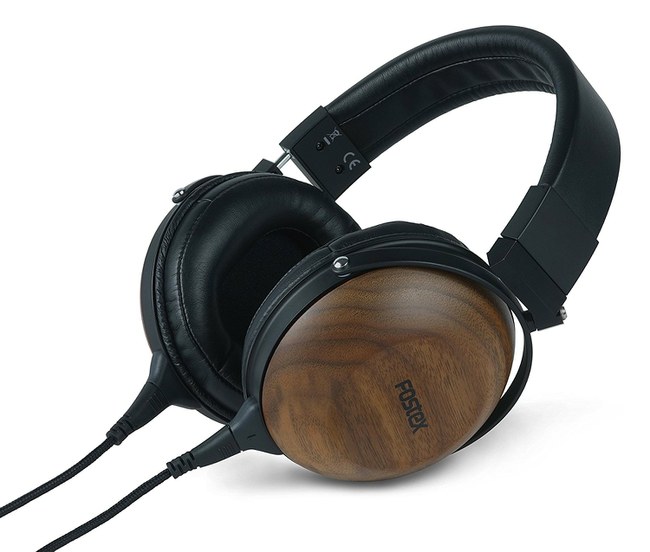
2. The balanced actuators (SA) type drives are smaller than the dynamic drive, and for this reason they are very often applied to the ears of the headphones. By the way, SA-type transducers are more expensive than dynamic transducers.
This transducer consists of a miniature fitting inside the reel, surrounded by two magnets. The upper and lower magnets determine the movement of the valve. When no signal comes into the armature, it means that its distance is the same from both magnets, and therefore it is called balanced armature.
The fixture is attached to the center of the diaphragm. When the electric current moves through the reel, it magnetises the valve and, as a result, it starts to spin towards the magnet. This rotary motion moves the diaphragm and thus creates a sound.
This type of transducer can be adapted to varying frequencies, although the range is somewhat limited. As a result, several SA drives are often added to the same headphones - one works with single frequencies, one with the other.
The difference between the balancing armature and the dynamic headphones is that SA does not directly inflate the air. Because of this, it suffers from low tones. That's why it's often possible to find several different types of transducers in the earplugs that are inserted into the ears - not only SA, but also a dynamic transducer - thus giving rise to a kind of gear-type hybrid headphones.
Dynamic gears compensate for low tonnage. A good example is "1More" with three gears for more than € 100, and if you have something more pseudo-Lithuanian pocket, then the true benchmarks for hybrid headphones are Xiaomi Mi Hy Hybrid or Xiaomi Hybrid Pro for less than € 30 - there are two SAs and one dynamic gear. This allows you to restore the full range of frequencies and at the same time extract low frequencies near the floors.
Xiaomi Mi IV Hybrid vs. Xiaomi Hybrid Pro - Similarities, Differences, and When to Use (Overview, Video) - Xiaomi Mi IV Hybrid vs. Xiaomi Hybrid Pro
As the SA does not require air to emit sound, the earpieces do not have an extra air outlet, which ensures better isolation, which gives you even more detail at a glance.
Supports for auxiliary reinforcement (SA) types:
1) To achieve the best quality SA transducers can be adapted to a specific frequency;
2) higher quality tones than dynamic headphones;
3) more detailed sound.
Balance type (SA) minus:
1) are more expensive than dynamic transducers with a movable wheel;
2) Additional transducers are required in order to obtain better quality low tones.
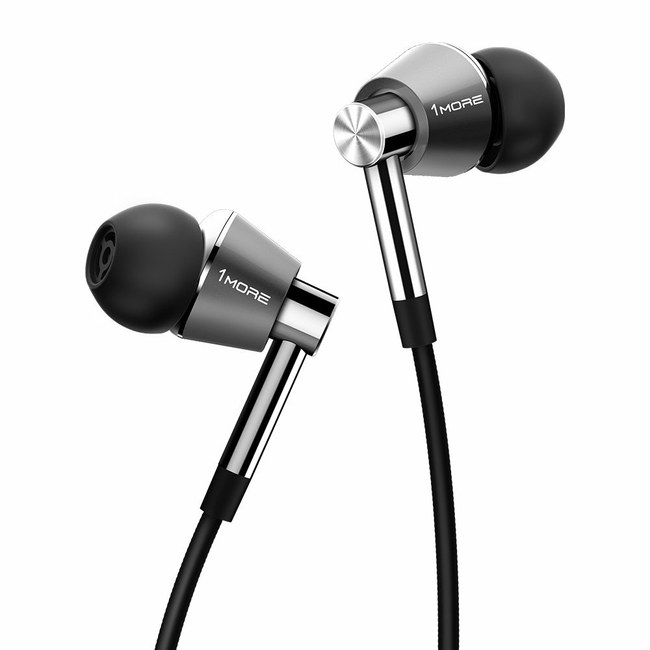
3. Orthodynamic drive type belongs to Yamaha. This transducer is very slim and is usually found only in the highest quality headphones. This device works on a similar principle as a dynamic type transducer - electromagnets used to create sound. Instead of moving the voice reel, the electromagnetic field directly affects the aperture (thin and flat film) and thus creates a sound.
Because the entire diaphragm must be evenly vibrating, larger or larger magnets are used, which immediately increases the weight of the headphones. This also requires more power from an audio source or a headphone amplifier.
Thus, the headphones with an orthodontic drive unit are not designed to be worn, like the headphones with a dynamic drive. Headphones with an orthodontic drive unit are commonly used for home use and are more expensive than headphones with a dynamic or moving reel device.
There are companies like Oppo that make this type of headset.
The headphones with an orthodontic drive have the highest level: the low tones are of great quality. This is due to the large thin diaphragm and the strong electromagnetic force that causes the air to emit large amounts of air.
Orthodontic drive type pluses:
1) Excellent sound quality and very low distortion level;
2) great low tones.
Orthodontic drive type minuses:
1) Need a headphone amplifier;
2) expensive headphones;
3) large and heavy headphones.
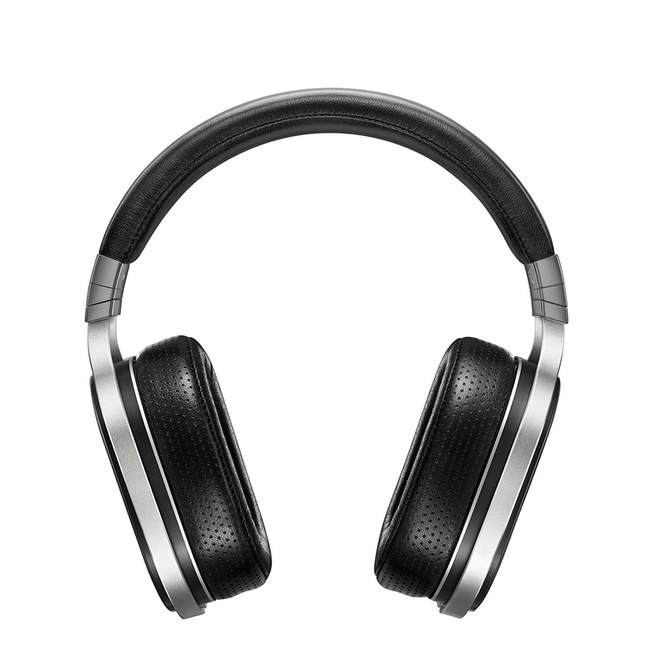
4. An electrostatic drive uses static electricity. Vibration occurs when the diaphragm is pushed and pulled between negatively and positively charged plates or special electrodes, and the air is pushed through perforated holes. This action, along with the changing electrical signal and causing sound waves.
Because such a drive is quite complicated and requires special amplifiers, called power units, they are only high-end headphones. Electrostatic type transducers are quite unusual and expensive. The price varies from EUR 200 to EUR 20,000.
However, although such transducers are difficult to install and available, they extend the supply of music listening devices. Compared to other gears, the electrostatic type transducers significantly improve the sound quality and this is reflected in the price.
Electrostatic headphone extension:
1) Provides clean and superior sound without any distortion.
Electrostatic headphones minuses:
1) expensive headphones;
2) Need special headphone amplifiers;
3) large and quite clumsy headphones.
Headsets for electrostatic headphones would be Stax and HiFiMAN headphones.
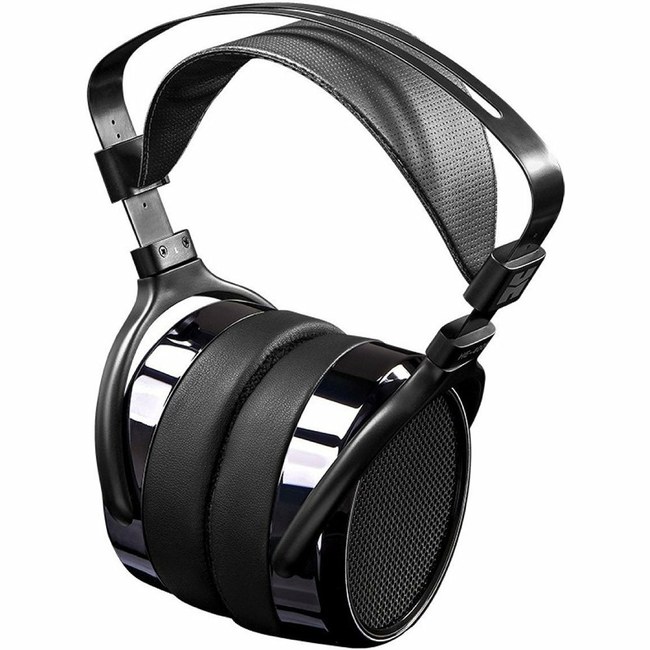
5. Headsets that have a magnetostriction or bone conduction type are exactly when it comes to "modern headphones". In this way, the transducer crosses the human ear drum and sends vibrations directly to the inner ear of the human bones.
Yes, in fact, it sounds like science fiction, but this type of headset is particularly useful when the ears are open. People who want to listen to music, but also need to hear the sound of moving traffic, such headphones are especially useful. Also for people who have hearing impairment - for example, the music was listening to the hurt Beethoven.
With such headphones, you can even swim underwater and at the same time listen to music safely. Although these bonephones headphones are unique, they also have rather limited capabilities compared to the more traditional headphones.
Headsets with magnetostriction or "bone" conductive type actuators:
1) You can hear external sounds and at the same time enjoy the music;
2) can help those with certain hearing impairments.
Headsets having a magnetostriction or bone conduction type drive:
1) restrictions on possibilities, sound precision.
Frequently buyers of such headphones are criticized for lower accuracy of reproducible sound, but this is not a headphone problem, but the limitations of the technology of the transducer itself. If you want to try these headphones cheaply, we recommend Blog.Fish Musiko2 headphones - they cost less than € 30 and are probably best appreciated by this kind of Chinese models.
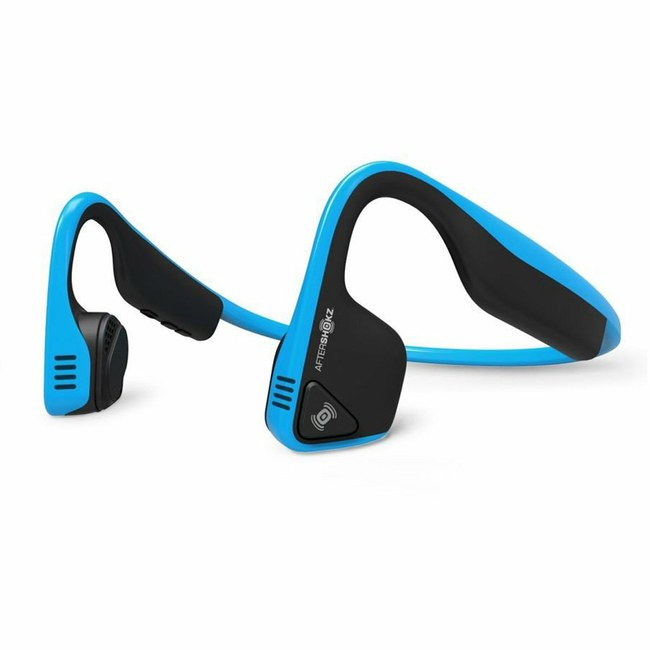
Conclusions
Although the ultimate choice of headphones may be limited by financial resources and availability, it is still worth knowing the technological aspects and facts of the headphones before finalizing the headphones.
Most of the dynamic type headsets are the first choice for both price and quality of music, but now the situation is being improved by Xiaomi's hybrid headphones. Many consumers are content with this quality / price ratio. However, under certain circumstances, headphones with other types of gear can be much more useful and better suited to your personal needs.
A genuine "audiofilm" can ignore the price and choose the type of headset with electrostatic gear and enjoy the highest quality music. Orthodynamic drive type headphones can appeal to those who want something more than the usual dynamic type headphones. And others can also choose "bone-in" headphones.
And it does not matter which type of headphone you are looking for, we recommend that you make a brief survey before you buy it and, if possible, try it live.

